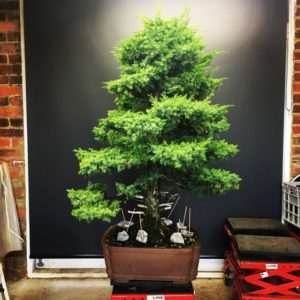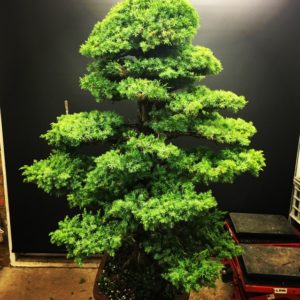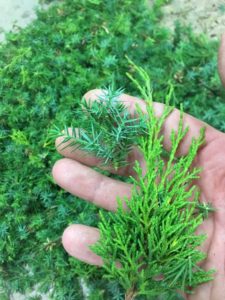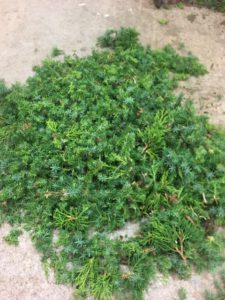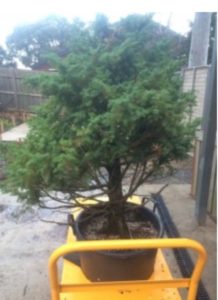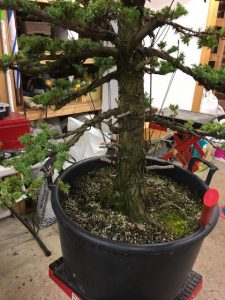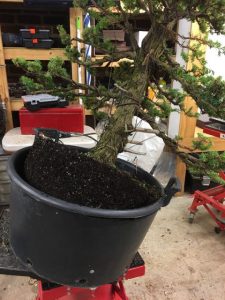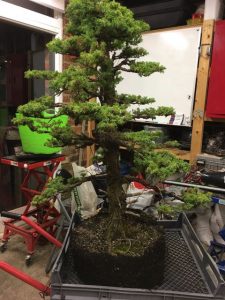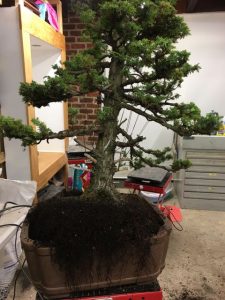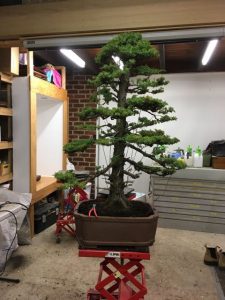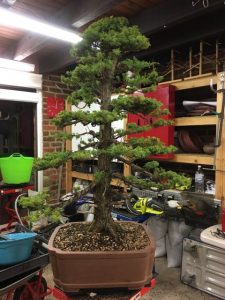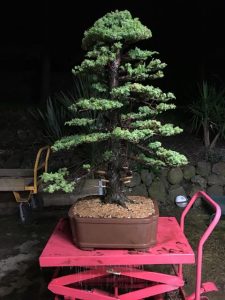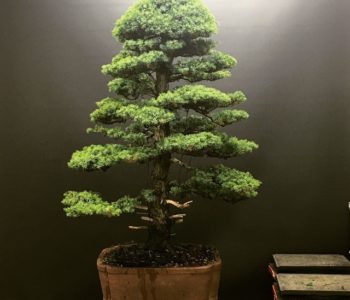 Project 3
Project 3
Large Tosho Foemina Needle Juniper Bonsai – Summer Maintenance…
It’s that time again for a prune and clean up for this juniper and I like doing this work in the summer period. Originally thought to be a Needle Juniper it’s now identified as a Foemina Juniper. Here’s the tree before the work –

It’s a large tree and starting show some maturity now which is really pleasing. One thing a needle juniper will teach you is to be delicate which your handling of the bonsai or you’ll pay the price! There was a lot to clean out in the pads too as they had grown way too thick and there was no light or airflow which will result in foliage dying. Here’s the after pics –



There was quite a lot removed and the work was performed over a 3 day period.

